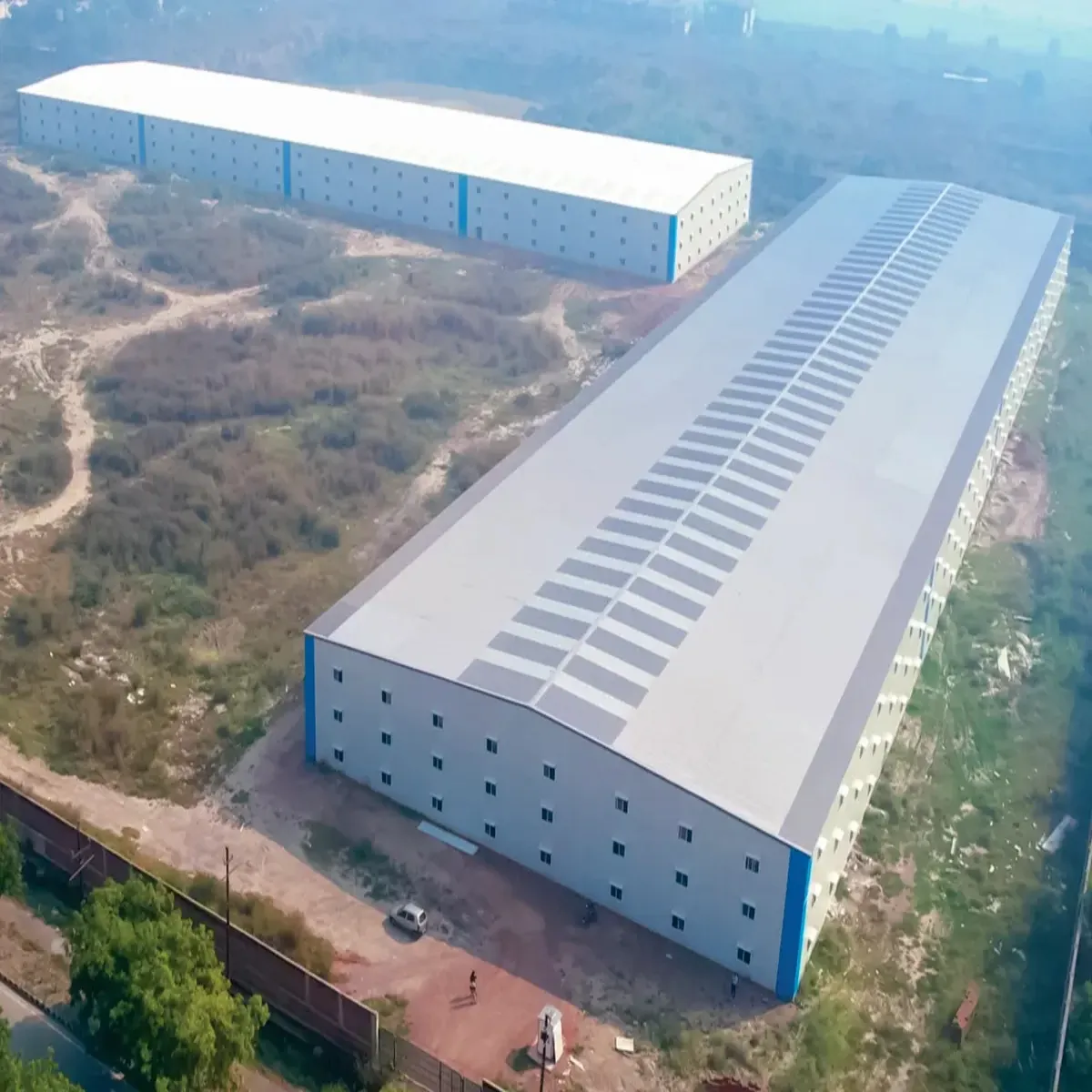- Afrikaans
- Albanian
- Amharic
- Arabic
- Armenian
- Azerbaijani
- Basque
- Belarusian
- Bengali
- Bosnian
- Bulgarian
- Catalan
- Cebuano
- Corsican
- Croatian
- Czech
- Danish
- Dutch
- English
- Esperanto
- Estonian
- Finnish
- French
- Frisian
- Galician
- Georgian
- German
- Greek
- Gujarati
- Haitian Creole
- hausa
- hawaiian
- Hebrew
- Hindi
- Miao
- Hungarian
- Icelandic
- igbo
- Indonesian
- irish
- Italian
- Japanese
- Javanese
- Kannada
- kazakh
- Khmer
- Rwandese
- Korean
- Kurdish
- Kyrgyz
- Lao
- Latin
- Latvian
- Lithuanian
- Luxembourgish
- Macedonian
- Malgashi
- Malay
- Malayalam
- Maltese
- Maori
- Marathi
- Mongolian
- Myanmar
- Nepali
- Norwegian
- Norwegian
- Occitan
- Pashto
- Persian
- Polish
- Portuguese
- Punjabi
- Romanian
- Russian
- Samoan
- Scottish Gaelic
- Serbian
- Sesotho
- Shona
- Sindhi
- Sinhala
- Slovak
- Slovenian
- Somali
- Spanish
- Sundanese
- Swahili
- Swedish
- Tagalog
- Tajik
- Tamil
- Tatar
- Telugu
- Thai
- Turkish
- Turkmen
- Ukrainian
- Urdu
- Uighur
- Uzbek
- Vietnamese
- Welsh
- Bantu
- Yiddish
- Yoruba
- Zulu
Dec . 01, 2024 13:00 Back to list
The Cost of Prefabricated Warehouses A Comprehensive Overview
In recent years, the demand for prefabricated warehouses has surged, driven by the need for efficient and cost-effective storage solutions across various industries. These structures, which are manufactured off-site and assembled on location, offer companies a myriad of advantages, including reduced construction time and lower labor costs. However, understanding the cost associated with prefabricated warehouses is crucial for businesses considering this investment.
Initial Investment and Components
The initial cost of a prefabricated warehouse can vary significantly depending on several factors, including size, design complexity, materials used, and location. On average, businesses can expect to pay between $15 to $100 per square foot. For instance, a basic warehouse with a simple design may fall on the lower end of this spectrum, while a more complex structure featuring specialized materials and designs can exceed the average cost.
Key components influencing the cost include the structural frame, insulation, roofing, and flooring materials. Steel is often the preferred material due to its durability and strength, but other options such as wood or reinforced concrete can also be considered, each with its associated costs. Additionally, the choice of insulation will affect not only the upfront costs but also the ongoing energy expenses, which can be critical for temperature-sensitive products.
Labor Costs and Construction Timeline
One of the significant advantages of prefabricated warehouses is the reduction in labor costs. Since the majority of the construction takes place in a controlled factory environment, the need for skilled labor on-site is minimized. This not only expedites the construction process but also reduces the risk of delays caused by weather or other on-site conditions. Typically, the assembly of a prefabricated warehouse can be completed within a few weeks, compared to several months for traditional construction methods.
However, businesses should still account for labor costs related to site preparation and assembly. Although these are generally lower, they can vary based on local labor rates and the complexity of the assembly process. It’s advisable for companies to consult with local contractors to get a clearer picture of expected expenses.
prefabricated warehouse cost

Maintenance and Operating Costs
Another essential aspect to consider is the long-term costs associated with owning a prefabricated warehouse. While these structures are usually designed to be durable and low-maintenance, companies must still budget for regular upkeep. This includes inspection of roofing and insulation, cleaning, and any repairs that may arise over time.
Energy efficiency is another crucial factor that can impact operating costs. Many prefabricated buildings are designed with sustainability in mind, utilizing energy-efficient materials and systems. Investing upfront in energy-efficient technologies can significantly reduce operating costs over the building's lifespan, making it a financially sound decision.
Future Expansion and Flexibility
One of the often-overlooked benefits of prefabricated warehouses is their flexibility for future expansion. Unlike traditional warehouses, which may require extensive renovations or complete reconstruction for expansion, prefabricated buildings can be added onto with relative ease. This adaptability can save businesses considerable time and money in the future as their storage needs change.
Conclusion
In conclusion, while the initial costs of prefabricated warehouses can vary widely, the overall investment can be justified by their efficiency, speed of construction, and long-term savings. As businesses continue to seek agility in their operations, prefabricated warehouses present a compelling option. By considering all aspects of the cost—from initial investment to long-term operating expenses and the potential for future expansion—companies can make informed decisions that align with their operational goals and financial strategies. With the right planning and execution, investing in a prefabricated warehouse can serve as a robust solution for contemporary storage challenges.
-
How Do Prefabricated Steel Structures Transform Modern Construction?
NewsJul.14,2025
-
How Do Prefabricated Metal Buildings Redefine Modern Construction?
NewsJul.14,2025
-
How Do Prefab Insulated Metal Buildings and Steel Structures Revolutionize Modern Construction?
NewsJul.14,2025
-
How Do Pre - Engineered Steel Structures Redefine Modern Construction?
NewsJul.14,2025
-
Advancing Modular Construction with Prefabricated Metal Structures
NewsJul.14,2025
-
Advancing Industrial Infrastructure with Prefabricated Steel Solutions
NewsJul.14,2025
Products categories
Our Latest News
We have a professional design team and an excellent production and construction team.












